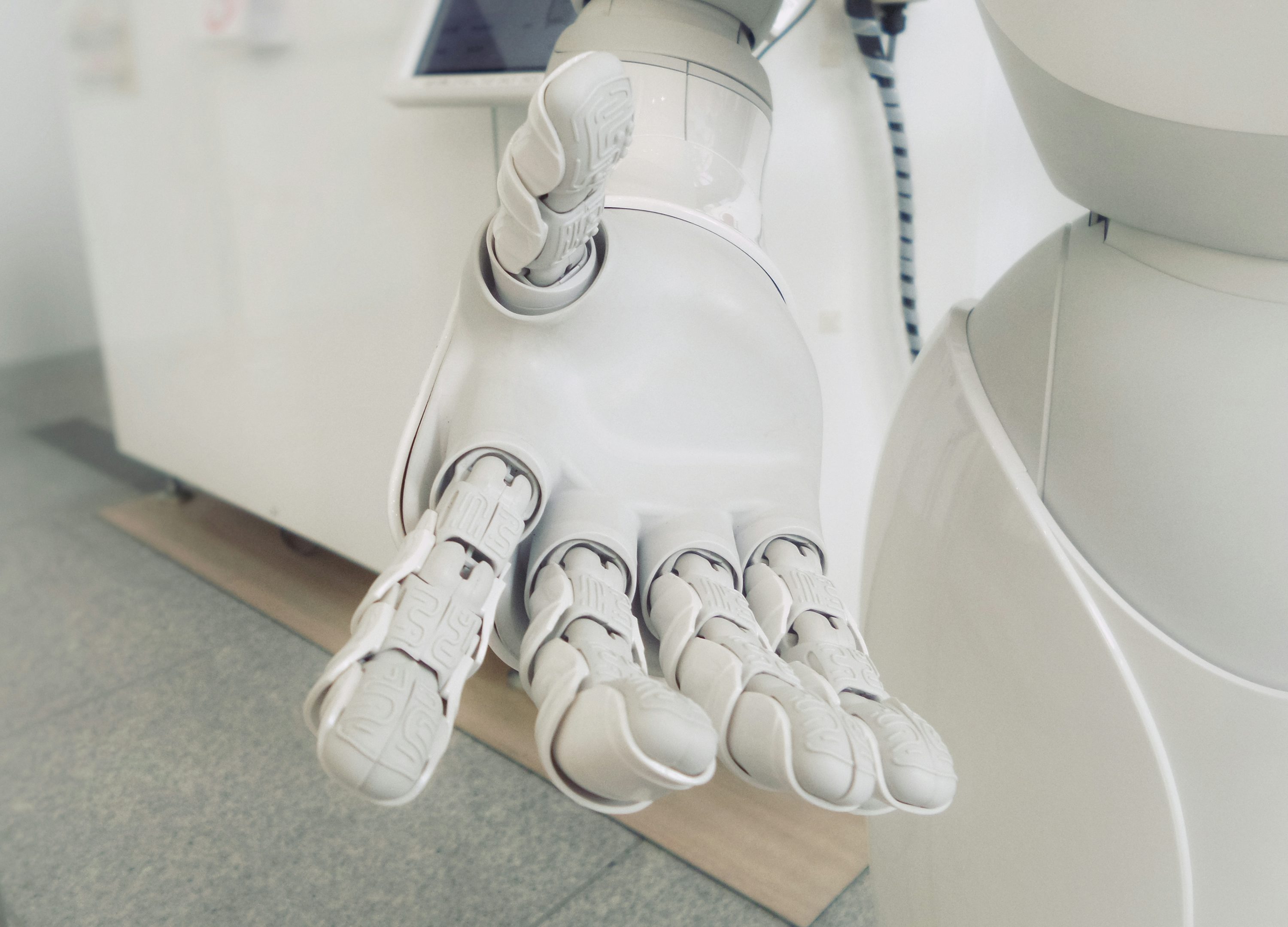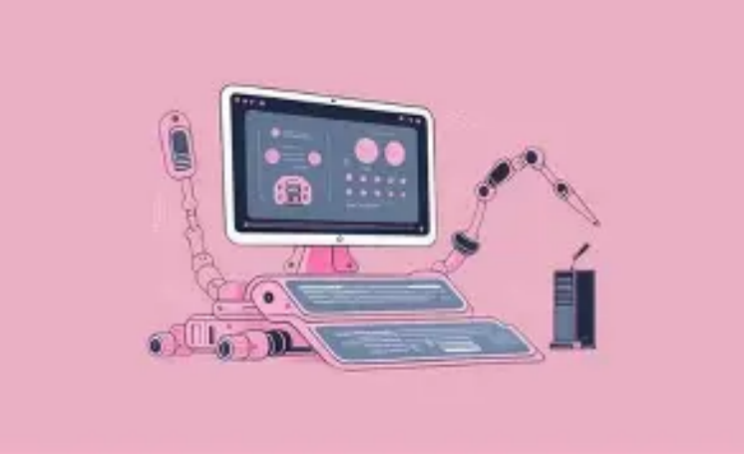The innovation of tactile perception technology is reshaping the way people think about human-computer interaction

1、 Technological Evolution Path
The tactile feedback system is undergoing a leapfrog development from a single physical stimulus to multimodal perception. The mechanical vibration mode relied on by traditional devices has gradually been replaced by a composite sensing system. The new solution integrates multidimensional stimulation methods such as mechanical conduction, temperature changes, and elastic deformation to construct a more three-dimensional digital tactile network.
2、 Breakthrough in core principles
The design concept of modern tactile devices has undergone a fundamental transformation. Research institutions are focusing on developing smart materials with environmental adaptability, whose microstructures can dynamically reconstruct in response to different energy fields. This material system abandons traditional mechanical transmission structures and directly generates tactile feedback through electromagnetic induction or thermodynamic effects, greatly improving the system's response accuracy and energy efficiency.
3、 System architecture innovation
1. Distributed sensing network: Integrating micro sensing units on flexible substrates to achieve precise positioning of global contacts
2. Multi physics field coupling: integrating multiple energy conduction mechanisms such as electromagnetic, thermal, and fluid to enhance tactile hierarchy
3. Self feedback regulation system: Introducing environment aware algorithms to dynamically optimize output parameters
4、 Application scenario extension
In the field of medical rehabilitation, new tactile devices can simulate real physical contact and provide precise stimulation for nerve function repair. In the field of education, abstract concepts are presented concretely through tactile feedback that integrates reality and virtuality. In the field of industrial design, tactile simulation technology is used to achieve three-dimensional perception verification of virtual prototypes.
5、 Technical bottleneck analysis
The current research and development is facing three core challenges: the difficulty of developing biocompatible materials, synchronous control of multimodal signals, and the balance of comfort for long-term wear. The individual differences in skin tissue make it difficult to implement standardized protocols, and the complex feedback mechanism of the nervous system also increases the difficulty of signal decoding.

6、 Frontier exploration direction
The research team is trying to integrate neuroscience principles into system design, improving feedback realism by simulating the natural tactile transmission path of the human body. The breakthrough of flexible electronic technology brings the possibility of miniaturization of wearable devices, and new conductive polymer materials exhibit excellent ductility and stability.
7、 Construction of industrial ecology
Technology suppliers need to establish deep collaboration with healthcare, education, entertainment, and other application providers to jointly define industry standards. The interdisciplinary integration of materials science, electronic engineering, biomedical science, and other fields has given rise to new research and development paradigms, and collaborative innovation between industry, academia, and research has become an important path to breakthrough key technologies.

8、 Ethical and safety considerations
With the expansion of the collection and application scope of tactile data, strict information security standards need to be established. Industry consensus is urgently needed on issues such as the safety threshold for neural stimulation intensity and the biosafety assessment for long-term use. At the same time, it is necessary to prevent cognitive interference risks caused by malicious manipulation of tactile information.
This tactile revolution is reshaping the essence of human-computer interaction. When digital signals can accurately simulate the tactile experience of the physical world, the boundaries between reality and virtuality will become increasingly blurred. This technological breakthrough not only changes the form of products, but may also trigger a fundamental evolution in human perception. The future tactile system may break through the positioning of auxiliary tools and become a neural interface that expands the dimensions of human perception. This transformation will drive us to rethink the relationship between technology and the human body, seeking a balance between augmented reality and maintaining natural perception.
(Writer:Tick)





